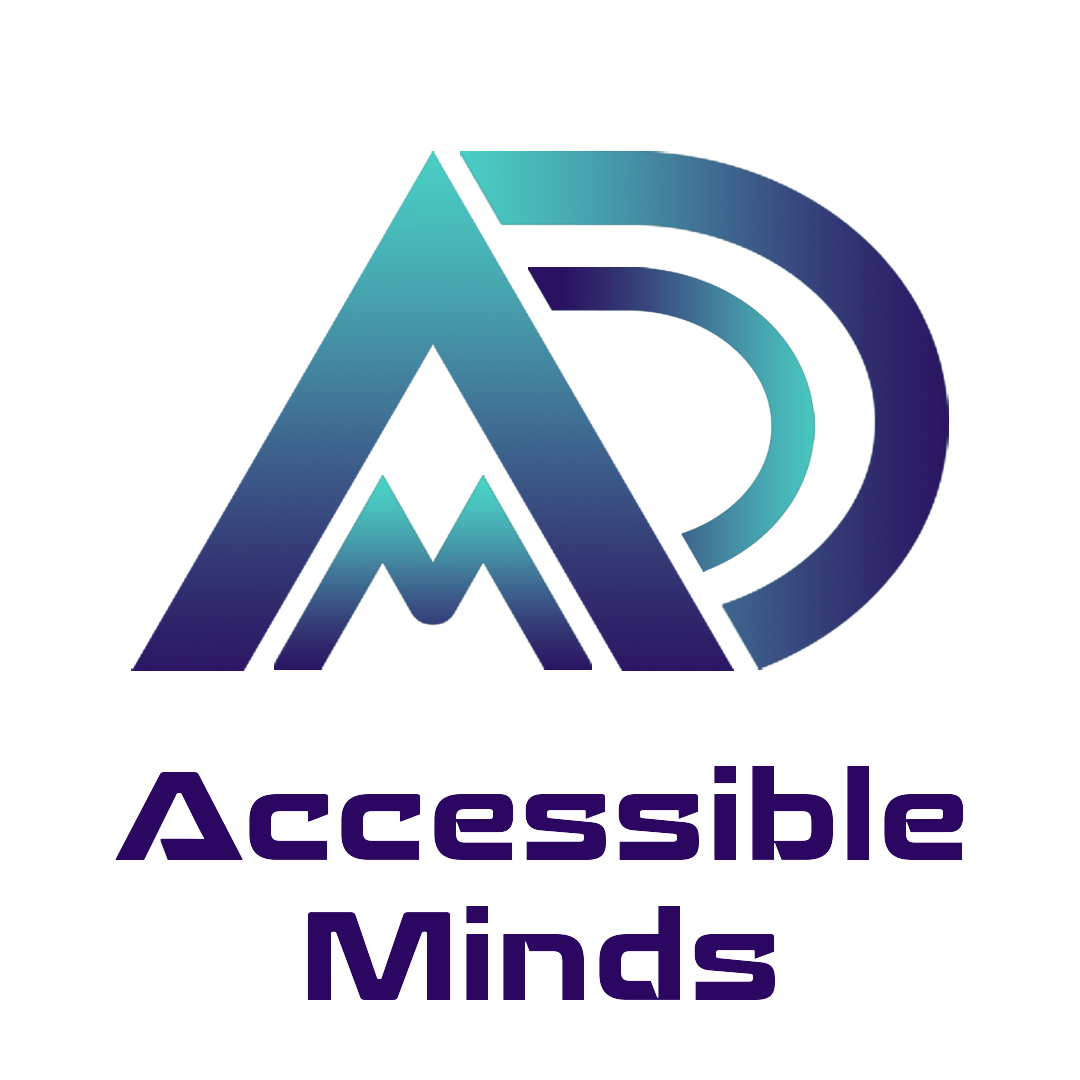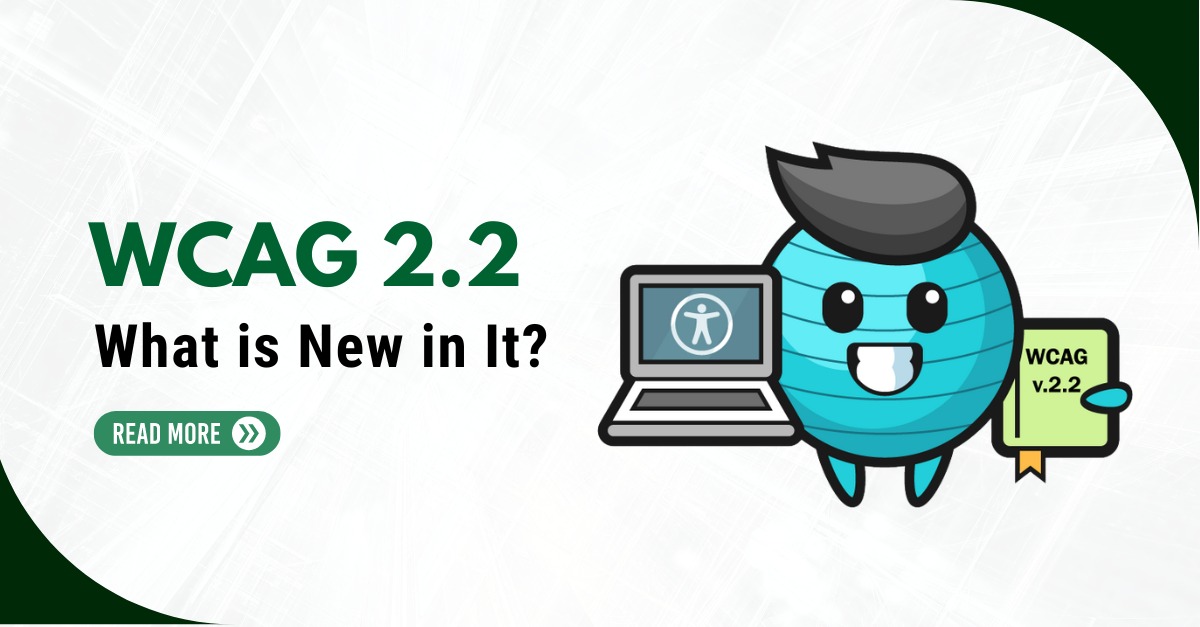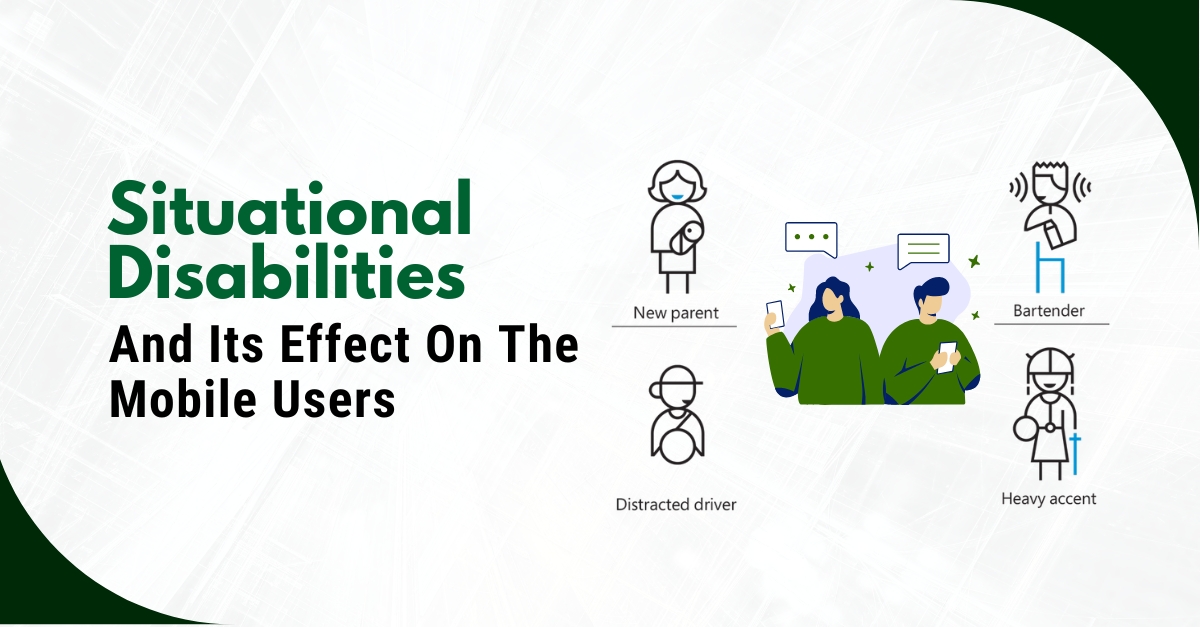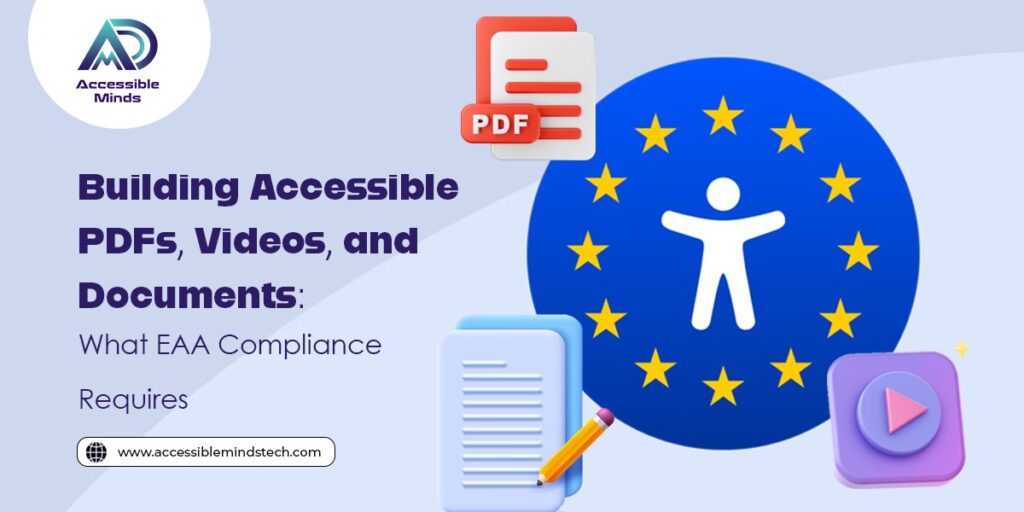When we talk about web accessibility, we always refer to the term WCAG. Web Content Accessibility Guidelines are a set of instructions to make the content of the web accessible to everyone, irrespective of their disability level. The aim of the guideline is quite simple – to give access to the world wide web to everyone. People with disabilities who use assistive technology can easily enjoy the benefits of the internet.
The World Wide Web Consortium (W3C) published the WCAG guidelines in 1999. Recently, they announced a new version of WCAG 2.2. Though the version is not released yet; W3C has recently released a draft that contains 9 criteria.
Although the draft isn’t complete, starting the process of putting the 2.2 A and AA success criteria into practice will help you in at least a few ways. First off, it makes it easier for users to reach your website. Second, your continued dedication to accessibility is demonstrated by your 2.2 conformity.
Let’s find out what is new in the WCAG 2.2 success criteria.
What are the differences between WCAG 2.1 and WCAG 2.2
WCAG 2.2 is specially drafted for people with low vision, motor, learning, and cognitive disabilities. It also contains guidelines for mobile and e-books.
While comparing with the prior versions of WCAG like 1.0, 2.0, and 2.1; it is built on the same structure. No criteria have been removed; it is only added or updated. WCAG 2.1 has 78 success criteria but 9 new criteria have been added to WCAG 2.2 making 87 criteria in total.
In addition, WCAG 2.2 divides tested success criteria into three categories: A, AA, and AAA. Every conformance level incorporates the requirements from the levels below it, so if your website and other digital assets meet WCAG 2.2 AA, they also meet WCAG 2.2 A.
A minimal standard for accessibility is established by the Level A success criterion. But other international accessibility rules, like Section 508 of the Rehabilitation Act of 1973, demand AA conformity, which goes above and above the minimum standard. Although Level AAA includes more sophisticated accessibility features, these are not legally required.
The website owners must focus on level AA of WCAG 2.2 as this will be the globally accepted tier of accessibility.
Conclusion:
To achieve digital accessibility, we need to continue the ongoing process and the upcoming release of WCAG 2.2 is just a reminder of that. The laws keep changing as per the requirements of people and WCAG is evolving to cope with the changes. Web content accessibility is not a one-time solution and we need to work continuously. Thankfully, the good news is that WCAG 2.2 is achievable. We are ready to help you to shape your website to reach global audiences effectively.







